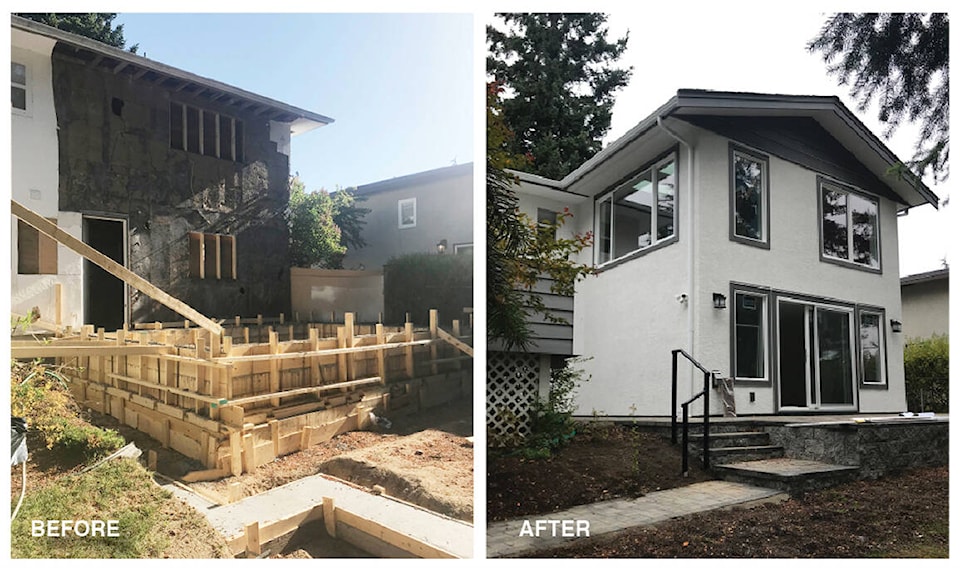What would your ideal renovation look like? Not your vision for your home, but the process itself?
For anyone considering updating their home, it’s a question worth asking, to realize a project that provides both the best value, and the best – and least stressful – experience.
The design-build process is one MAC Renovations has developed and fine-tuned over their 41 years – a way of not only streamlining the process for clients, but providing more value for their renovation dollars.
Rather than relying on outside designs, “we have a design team in-house, in addition to our construction team, so it’s a much more of a collaborative process,” explains Blaise McDonald.
The benefits of Design-Build
When both parts of the renovation team work under the same roof, potential challenges for the project are identified and addressed quickly.
Through the pre-build process, the teams explore and identify issues such as municipal regulations, site challenges or hazardous materials, and help ensure the construction of the design is feasible within your budget.
The last thing you want is to have a design for your dream home, only to learn it’s not permitted, or that site remediation will push the project past your budget.
“Having the contractor involved in the design can help identify potential issues. At the same time, having the designer accessible throughout the construction process means they can often come up with creative solutions that still produce the results the homeowner wants,” McDonald notes.
The Design-Build Process
The process begins by identifying the “problem” the homeowners want to remedy with the renovation, such as outdated design or the need for more space, and possible solutions.
Next comes a budget – factoring in not only the dollars available to spend, but also the time the project will take and the inconvenience to the family. For a substantial renovation, it may be completed quicker if the homeowner moves out of the home, for example, but that will also bring added cost.
A feasibility study and hazardous materials survey will assess the proposed renovation for potential limitations or challenges, then conceptual plans will chart a path forward.
“The process allows us to make more educated decisions about where the project is taking us, making for fewer surprises for the client,” McDonald says.
Without having both parts of the process under one roof, a renovation can look very different.
In that scenario, one company undertakes the design, which the homeowner then asks other contractors to bid on building. The successful contractor is typically the one with the lowest bid, without consideration for things like their years of experience, reputation, and those vital relationships with sub-trades. Once construction gets under way, unplanned-for challenges can arise, bringing additional costs as separate design and construction companies work to resolve them, or a final project that doesn’t reflect the original design intent.
“Because we have an in-house design team, the designer is involved throughout the process, making sure the design intent is being respected as construction moves forward,” McDonald says.
To learn more about how MAC Renovations can create the project you’ll love coming home to, visit macreno.com or call
